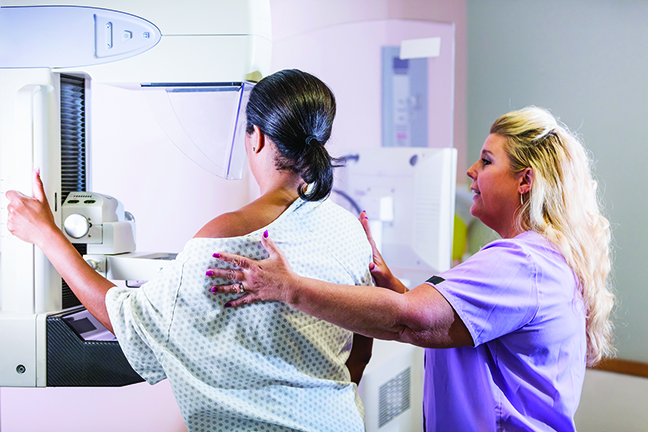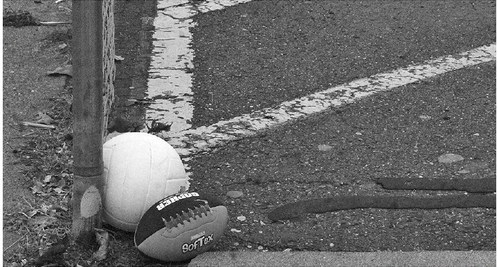Mammograms can detect breast cancer early enough


Breast cancer is one of the most common cancers affecting women worldwide, with millions diagnosed each year. During October’s Breast Cancer Awareness Month, patients and communities, are reminded about the importance of mammograms and breast health.
“Many women with breast cancer have no symptoms and nearly 80 percent who are diagnosed, have no family history,” said Corrie Wajek, local hospital radiology service manager. “Regular screening mammograms are important, because it can detect tissue abnormalities before the patient is even aware there may be a concern. And breast cancer is more likely treatable, when caught early.”
Women should talk with their provider to determine which is the best option for screenings.
Traditional 2-D mammograms take two-dimensional X-ray images of the breast tissue, which is displayed in a single image. Because all the overlapping breast tissue is displayed in this one image, it can be difficult to differentiate between normal breast tissue and potential abnormalities.
3-D mammograms, which are now widely available, are more advanced. This type of X-ray captures multiple images of the breast from different angles, creating a 3D view of the breast tissue. This allows radiologists to examine each layer of tissue, providing a clearer and more detailed view.
“Either type of mammogram is better than no mammogram,” said Wajek. “However, it is nice to have a very clear breast tissue image as a baseline, so we can monitor any changes or developments in follow-up screenings.”
A mammogram schedule will be based upon an individual’s health. At age 40, women should have a screening mammogram and continue to have one, at least every other year.
Additional breast procedures may be necessary, as a result of findings from a mammogram, such as ultrasound, ultrasound guided biopsy/FNA, breast MRI, wire localization, lymphoscintigraphy or sentinel lymph node mapping.
Factors that can contribute to the cause of breast cancer include the following:
• The risk of breast cancer increases with age.
• Women who have had breast cancer, are more likely to develop a second breast cancer.
• Doctors estimate 5 to 10 percent of breast cancers are linked to gene mutations, passed through generations of a family.
• Women who have a high percentage of breast tissue that appears dense on a mammogram, have a higher risk of breast cancer than women of similar age, who have little or no dense breast tissue.
• Women who have never been pregnant have a greater risk of breast cancer, than women who have had one or more pregnancies.
• The chance of getting breast cancer is higher in women who are overweight or obese, than in women of a healthy weight.
• Women who are physically inactive throughout life may have an increased risk of breast cancer.
• In the United States, breast cancer is diagnosed more often in white women than in African American/Black, Hispanic/Latina, Asian/Pacific Islander or American Indian/ Alaska Native women.
• Women who had radiation therapy to the chest before age 30, have an increased risk of developing breast cancer.
• Studies indicate the more alcohol a woman drinks, the greater her risk of breast cancer.
• Women who had their first menstrual period before age 12 or who went through menopause after age 55, have an increased risk of developing breast cancer.
• Women who used combined estrogen and progestin menopausal hormone therapy for more than five years, have an increased chance of developing breast cancer.




